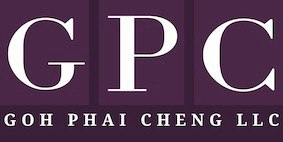4 April 2016, Singapore. After a recent review and public consultation that ended in December 2015, the Singapore Government again decided not to introduce a utility model system, a system known to facilitate protection of “small” inventions in a cheaper and faster way and for a shorter time period than the traditional patent system.
This is not the first time it has embarked upon such a review, probably because there is a constant nagging query as to why Singapore does not have it when other countries known to be at the forefront of innovation, like Japan, Germany and Korea do.
After a 2005 Review titled “Would Singapore Benefit from a Utility Model Regime? An Empirical Study”, conducted by Professor Uma Suthersanen of Queen Mary, University of London, commissioned by the IP Academy Singapore (IPA), the Singapore Government decided not to introduce a utility model system mainly because there was little benefit in terms of innovation and economy.
Subsequently, in 2007 and 2014, the IPA commissioned the Reports titled “Innovation without Patents: Harnessing the Creative Spirit in a Diverse World” and “Protection of Sub-Patentable Inventions in Singapore” respectively to further study the utility model and its benefits.
For this 2016 Report titled “Final Report Review of Singapore’s Registered Designs Regime” (MinLaw 2016 Report) prepared by the Singapore Ministry of Law (MinLaw) and the Intellectual Property Office of Singapore, the conclusion and its reasons are no different, namely, “there would be little, if any, positive impact on innovation and overall economic growth by introducing utility model protection in Singapore”. The MinLaw 2016 Report is in agreement with the Gowers Review of Intellectual Property (2006, UK) that concluded that there was no correlation between the existence of utility model protection and high levels of innovation. In addition, the Gowers Review highlighted the possibility that utility model protection could stunt future innovation and increase costs for some parties/users.
For a deeper analysis of this decision of the Singapore Government on the utility model, see pages 43 to 46 of the MinLaw 2016 Report.
All the links are last accessed on 4 April 2016. This update is intended merely to highlight matters of interest in the field of Intellectual Property. This publication should not be interpreted as a legal/technical opinion for a specific case. Should you require advice or information, please email the author Constanceleong@gohpc.com or call (65) 6610 3967.
